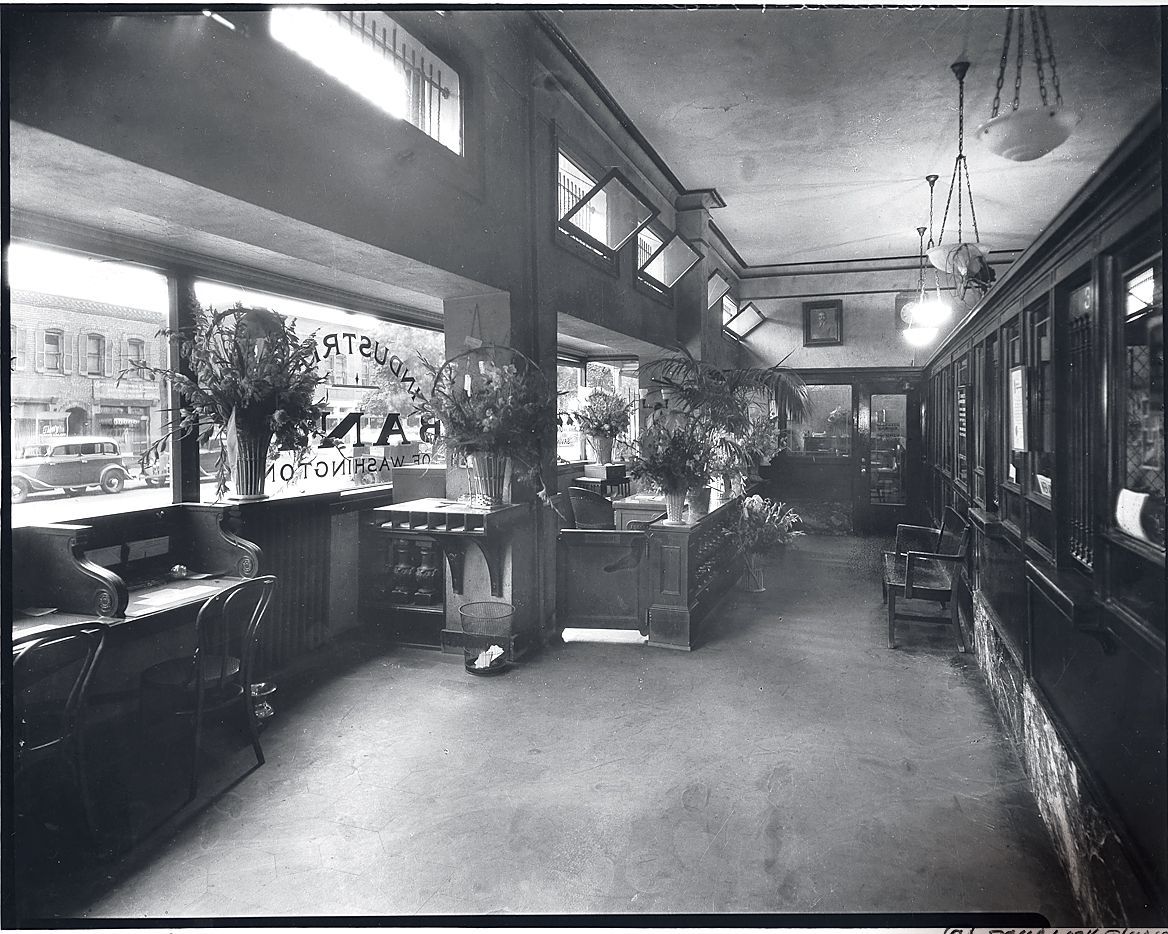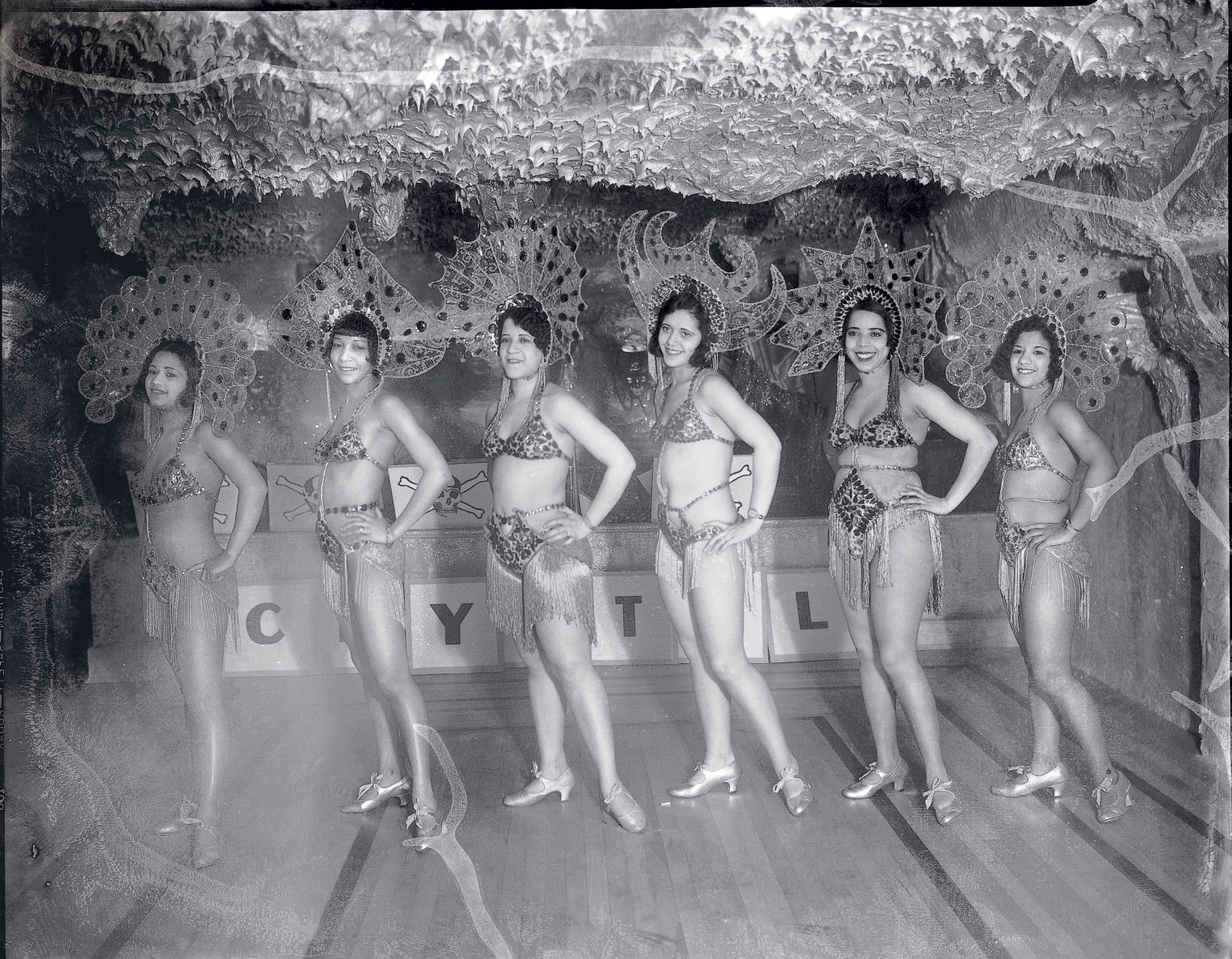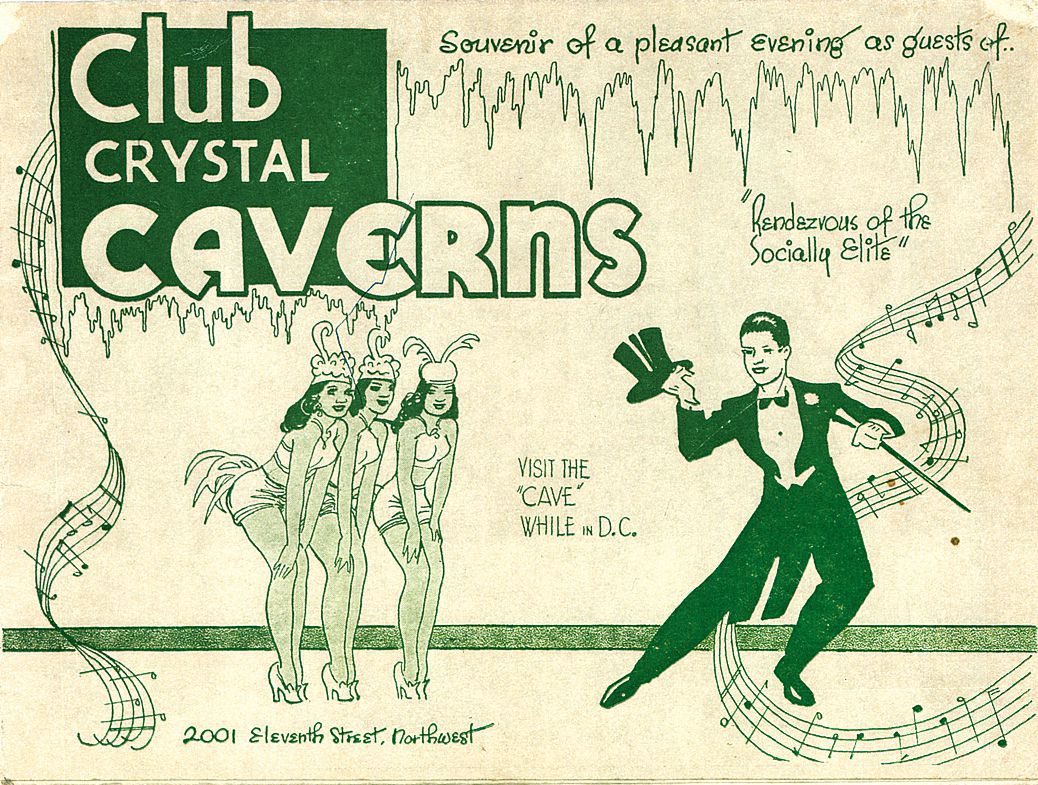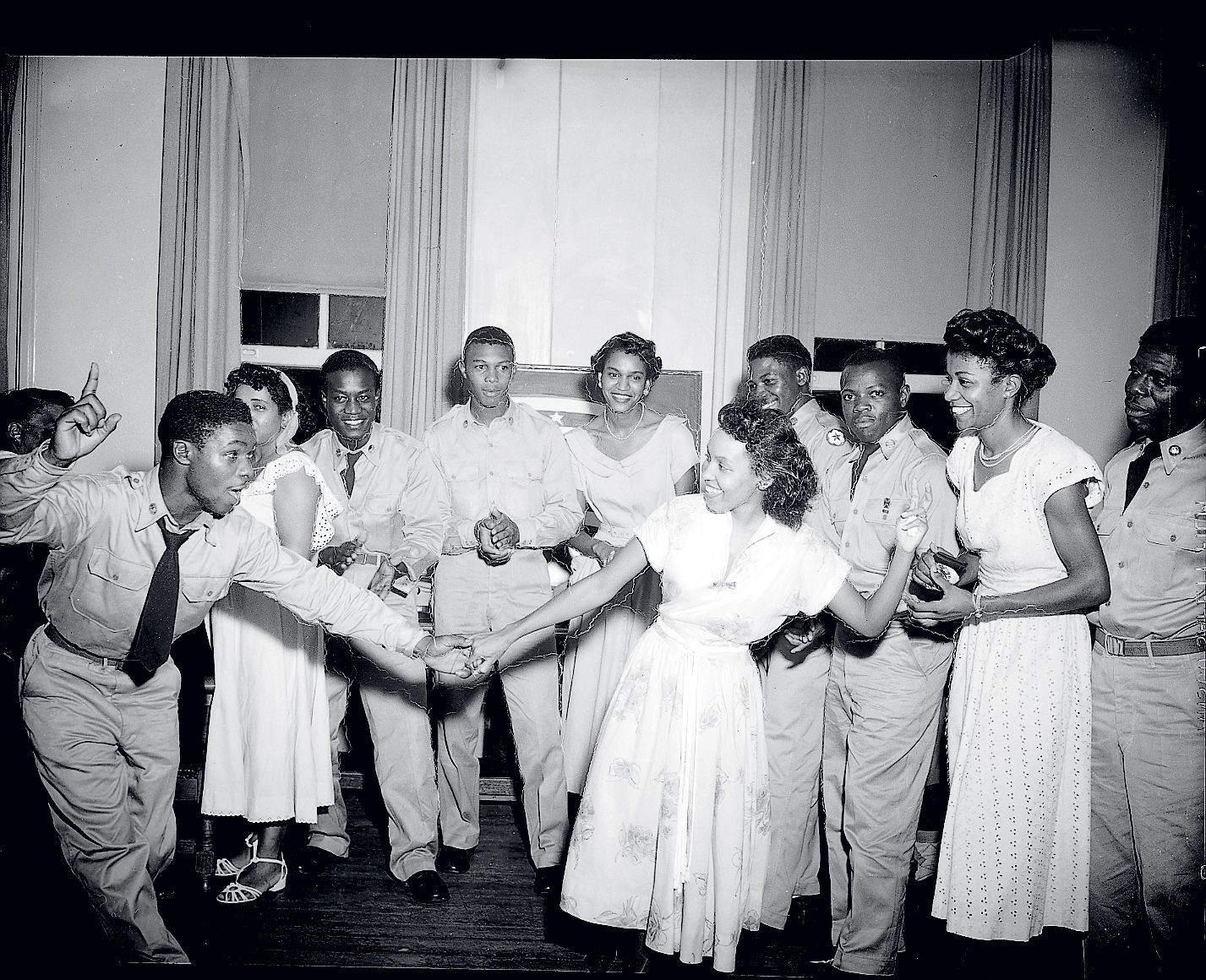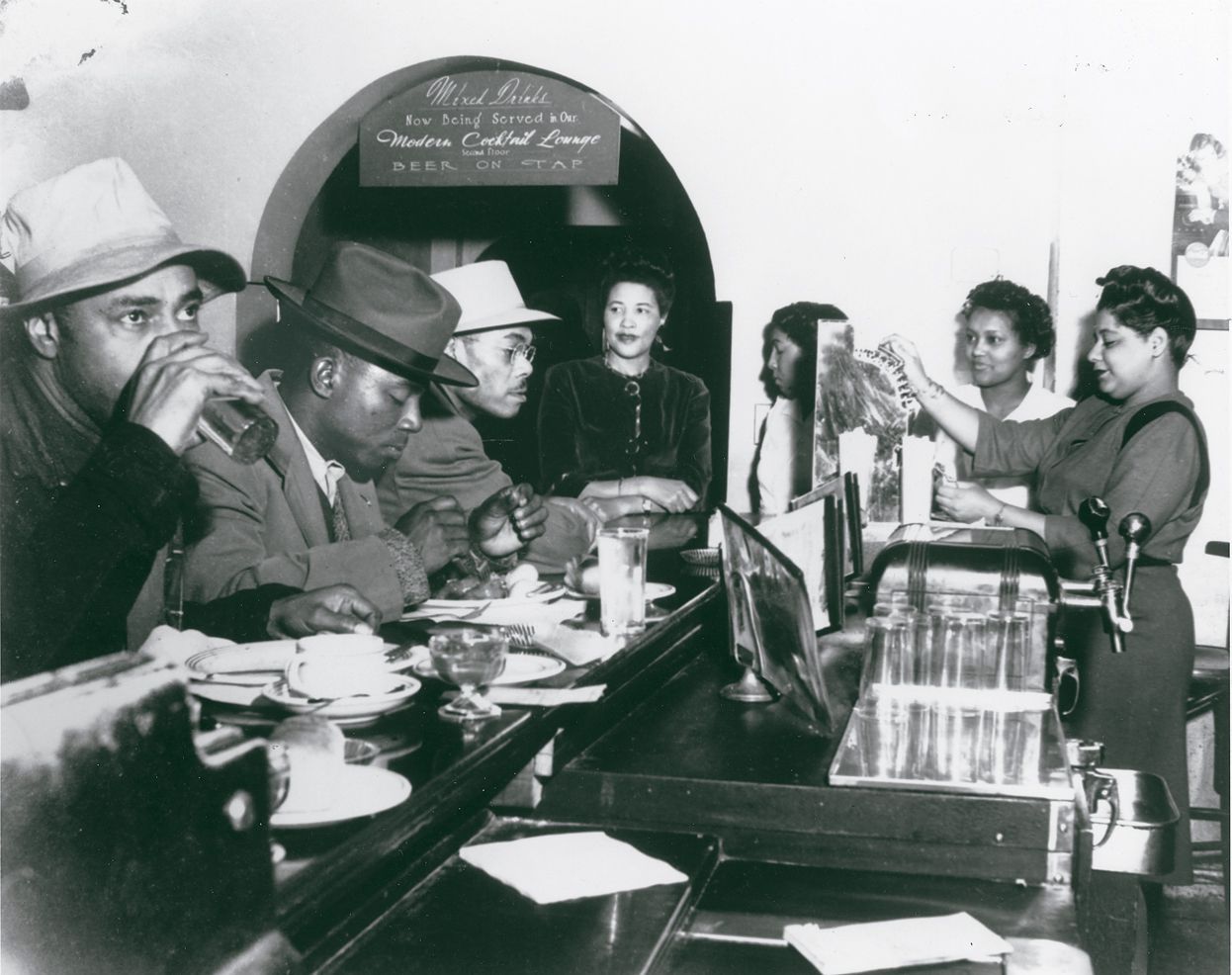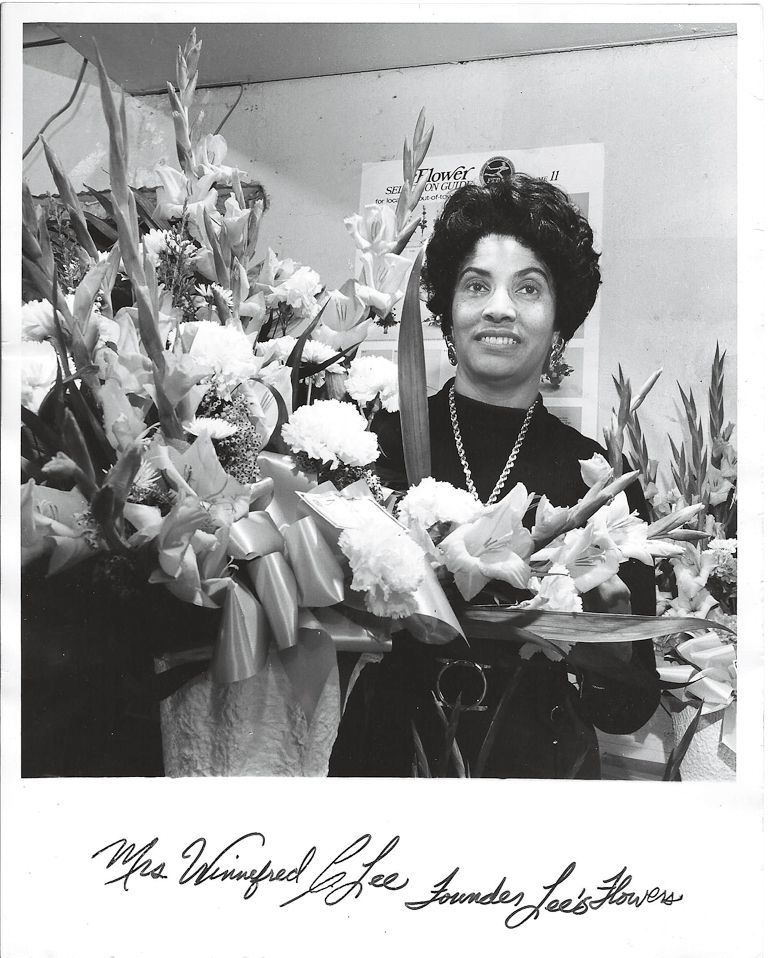Before Shinola and luxury high-rises, before even the beginning of desegregation and the 1968 riots, the U Street corridor was known as Black Broadway. From the early 1900s into the 1950s, African-Americans—subject to Jim Crow laws in other parts of town—were free to own businesses here and built what was often described as a “city within a city.”
Unsegregated concert halls and nightclubs hosted round-the-clock performances by the likes of Pearl Bailey, Cab Calloway, and Sarah Vaughan. Hundreds of black-owned businesses patronized solely by African-Americans—and funded with loans from the city’s oldest black-owned bank—flourished. Black Washingtonians sent their kids to day camp at the country’s first African-American YMCA, worshipped together in scores of neighborhood churches, and launched a movement against segregation from Black Broadway’s many gathering places.
By the 1960s, the area had birthed some of America’s most influential black leaders and intellectuals—the great jazz-band leader and pianist Duke Ellington and the world’s first renowned black opera signer, Madame Lillian Evanti; the pioneering Dr. Charles Drew, who created the country’s first blood bank; lawyer and Howard University professor Charles Hamilton Houston, whose famed student Thurgood Marshall prevailed in Brown v. Board of Education.
“Everybody knew everybody,” says Richard Lee, whose parents started Lee’s Flower Shop at 928 U Street in 1945. “We didn’t miss going downtown. We didn’t give a shit. I mean, excuse my language, but they wanted to have all that stuff to themselves, fine—we had all this stuff to ourselves.”
Here’s a look at the booming U Street Corridor in those heady days before desegregation and, more recently, gentrification changed everything.
read more here!

